Menu
There’s nothing more spectacular than the fantastic spectrum of colors as different trees bloom. Whether you appreciate the distinct scent of blooming pine cones or despise the memory of stepping on mushy fruits, trees don’t produce these things to annoy us. This is the backbone of creating a new generation of trees. The goal of reproduction is the same in animals and plants, but the method is different.
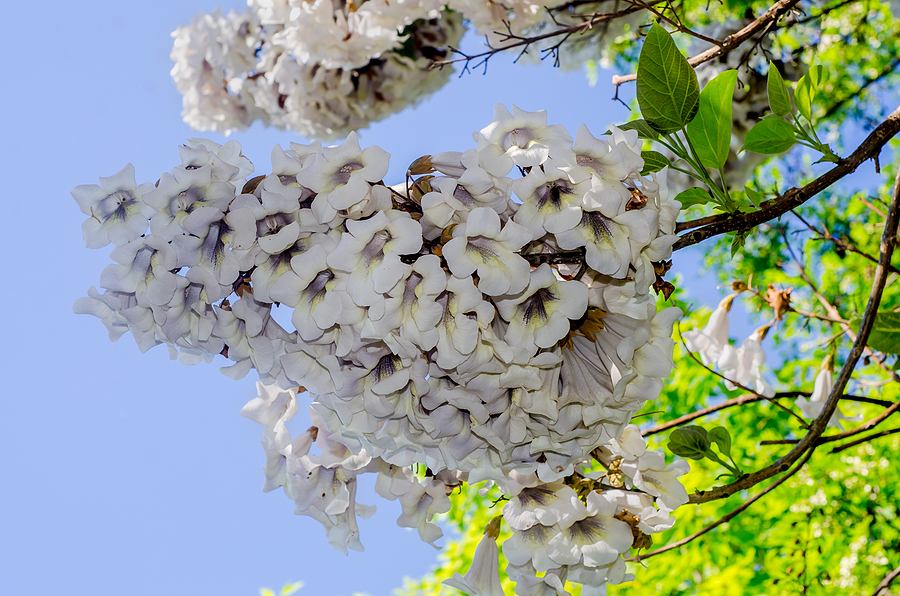
At Driscoll Tree Service, understanding trees’ reproductive process helps provide better care based on the season. It also helps our tree service technicians predict which trees shed more pollen and produce fruit to ensure you plant the right tree for your needs. The last thing you want is a tree that sheds pollen profusely, and you are allergic. Our tree care company can ensure your trees are in tip-top condition throughout the year.

A flower is the reproductive organ of a plant, containing different parts that help it serve this purpose better. There are four main parts of a flower that you should know: sepals, petals, anthers, and pistils. The sepals act as the protective shield that prevents damage to fragile parts from foreign material. Petals are aesthetically pleasing, attracting animal pollinators and people.
The anthers are the male reproductive organs, producing pollen that fertilizes the stigma where the female reproductive organ is located. The pistil is the female reproductive organ that produces the seeds to be fertilized to produce fruits. Now that you know a flower’s different parts, let’s look at the different reproduction categories.
Cosexual trees have both female and male reproductive parts. Broadleaf trees usually have these types of flowers, with most of them being insect-pollinated and showy. If you are looking for an ornamental tree for your home, these trees are the ideal choice. Insect pollination is more effective and less likely to cause allergies, making them perfect if pollen triggers an allergic reaction. Significant examples include magnolia, cherry, and redbud.
These trees have separate male and female flowers on the same tree. Monoecious means "single house," which shows the coexistence of both reproductive flowers in the same tree. Many trees in this category are wind-pollinated, meaning they are likely to cause allergies. However, the female flowers are found on the op to prevent self-pollination when the wind blows. Examples of such trees include redwood and oak.
Like the former, the male and female flowers are separate, but the difference is they are found in different trees. They are primarily wind-pollinated and produce profuse pollen, which is unsuitable for people susceptible to allergies. Male trees grow faster than their counterparts and are more durable because pollen has a lower energy cost than seeds and fruits. If you have a cottonwood, podocarpus, or ginkgo in your yard that’s not producing any fruits, you probably planted a male tree.
Contact our tree care company to schedule an appointment with our team of experts. Driscoll Tree Service is unlike other tree service providers in the industry, dedicating their experience and skills to your satisfaction. Enjoy exceptional tree care and maintenance at pocket-friendly rates.

Factors to Consider When Choosing a Tree Service Company Maintaining the health and aesthetics of your trees is crucial for the safety and beauty of your property. Whether it’s pruning, trimming, or tree removal, choosing the exemplary tree service can…
Read More
What's The Right Time of Year to Remove Trees? Trees provide a range of benefits to your property and the ecosystem. Whether it is enhancing curb appeal and giving shade or cleaning the air, the value of trees can’t be…
Read More
How to Find a Reliable Tree Service Company Trees are incredible ornaments that beautify the landscape and increase the value of properties. They can also provide fruits and much-needed shade as well as protection from high winds. Unhealthy and disheveled…
Read More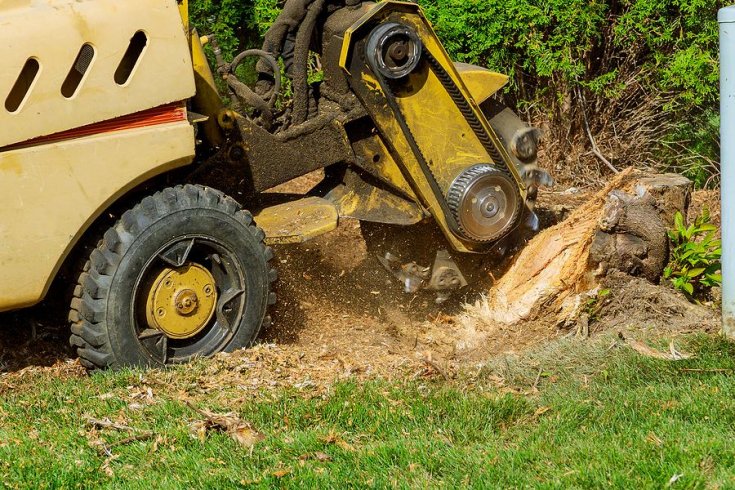
Stump Grinding Vs. Stump Removal If you recently cut down a tree in your backyard, there’s a chance you need to get rid of the eyesore left behind. While ignoring the stump or waiting for the natural decomposition process are…
Read More
5 Signs of Tree Problems Trees are an important part of our lives; one we can’t live without. This is why it’s crucial to take care of our environment. Sometimes you can tell when a tree is ill or dying…
Read More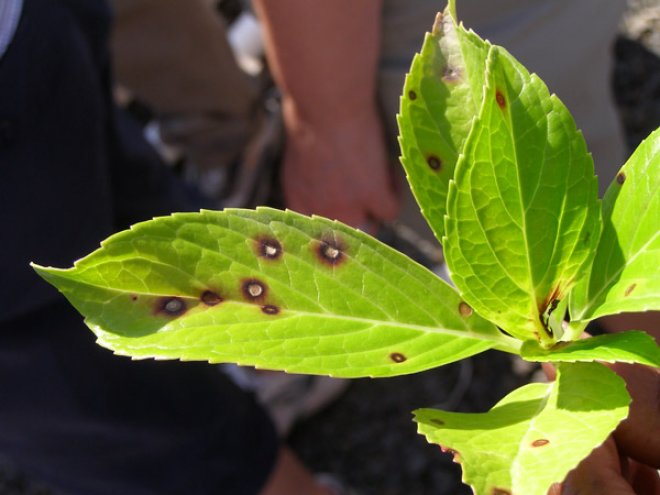
Brown or Black Spots on Tree Leaves As a homeowner, landscaping enhances curb appeal, safety, and property value. This includes scheduling routine inspections with a professional tree service provider. Trees provide many benefits to your home and the ecosystem, hence…
Read More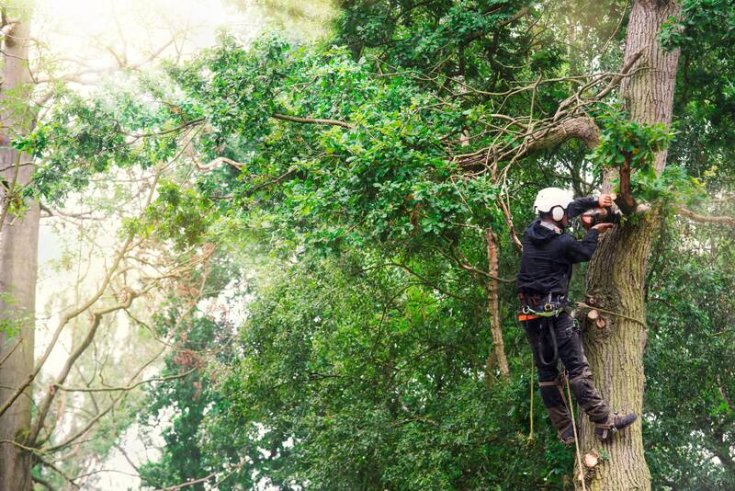
Why Regular Tree Maintenance Is Essential for a Healthy Yard It’s easy to take trees for granted. Most homeowners would never skip a doctor’s appointment or ignore their pet’s annual checkup, but routine care often slips through the cracks when…
Read More
3 Types of Tree Flowers There’s nothing more spectacular than the fantastic spectrum of colors as different trees bloom. Whether you appreciate the distinct scent of blooming pine cones or despise the memory of stepping on mushy fruits, trees don’t…
Read More
Is That Leaning Tree Dangerous? Here’s What Homeowners Should Know There’s nothing quite like the beauty of a big, healthy tree standing tall in your yard. Whether it’s a towering oak providing shade or a row of evergreens lining your…
Read More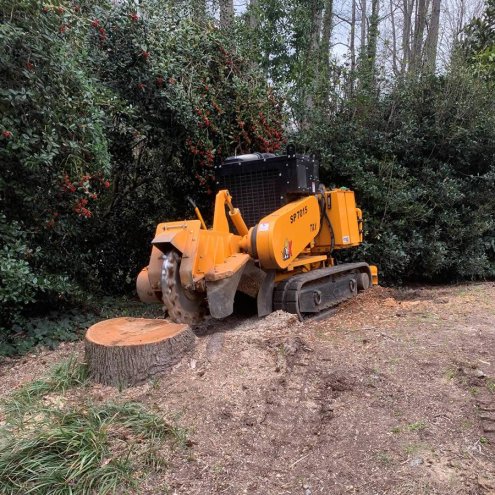
Why Stump Grinding Is an Important Part of Tree Removal We hate to see a tree go. Most homeowners do. After all, trees offer shade, privacy, and character to a yard; some even give us delicious fruit. So, taking one…
Read More